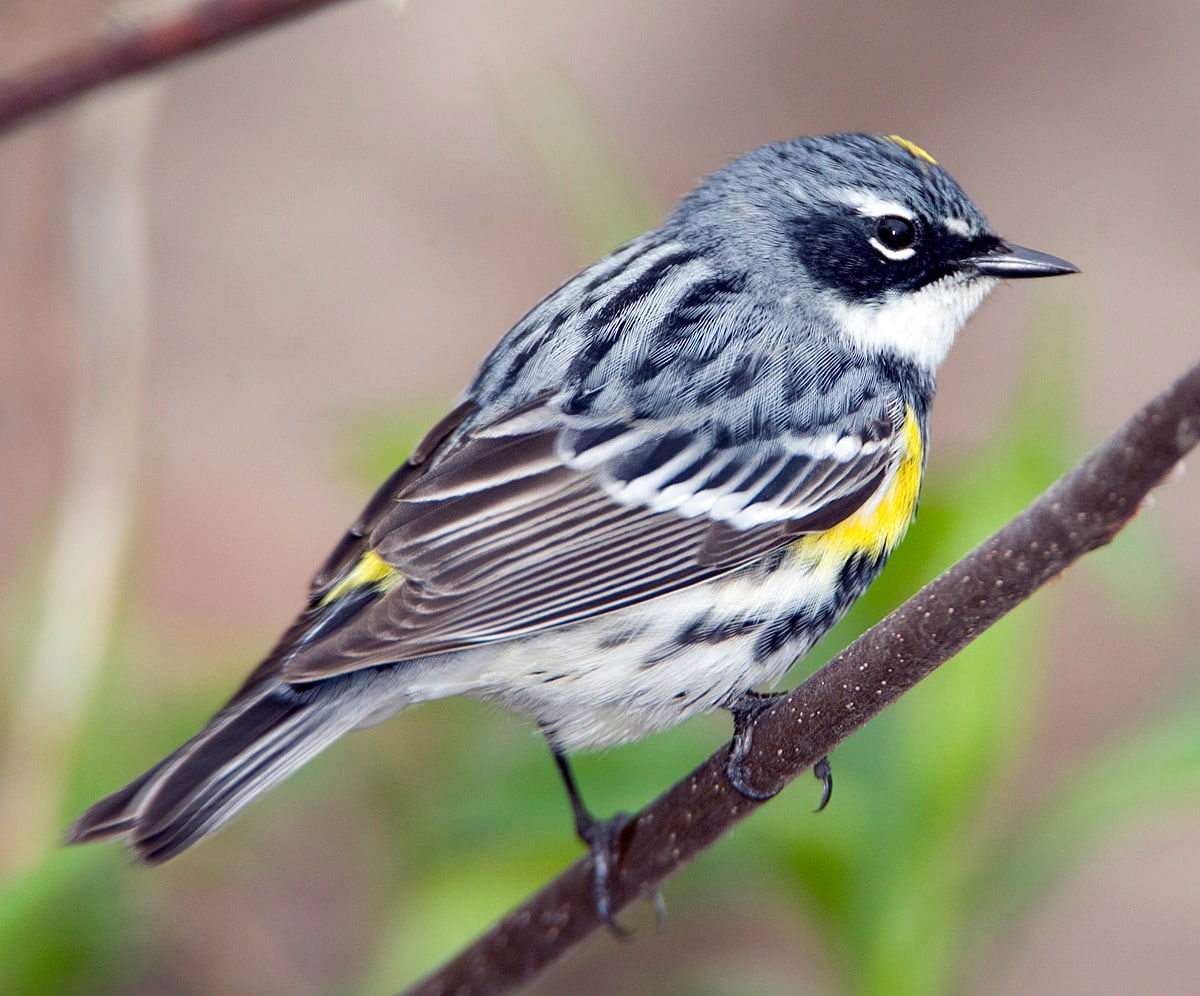

Here is the list of birds he's identified during that time, with a few others that other people have seen. According to the study, the Audubon form is likely a separate species from Myrtle and Goldman’s.Recently Dan Jackson realized that he had found a total of 200 species of birds in Myrick Park and Hixon Forest in the last 15 years or so. The two forms interbreed in a narrow zone in Canada at the northern edge of the Audubon form’s range. The call note of Audubon’s is softer and less harsh than Myrtle. They don’t migrate as far as the Myrtle form, spending winters in parts of the western U.S. Males have yellow throats, large white flashes on the wings, and gray on the head, back, and breast. and portions of Alberta and British Columbia. According to the new study, this form is likely a separate species from Audubon’s and Goldman’s.Īudubon’s is the form familiar to bird watchers in the western U.S. Although many do winter in the southern and Mid-Atlantic U.S., others fly over the Gulf of Mexico to sites in the Caribbean and in Central America. They are unique among warblers in being able to digest the waxy fruits, and this allows them to winter much farther north than other warblers, sometimes as far north as Nova Scotia, according to Birds of North America. East Coast, where they earn their name by feasting on energy-rich wax myrtle berries. It’s the most different of the four forms, with a white instead of yellow throat, a longer migration, and a distribution that stretches farther north than the other forms. On migration they can be among the most numerous warblers seen during spring and fall migration-particularly along the U.S. Myrtle is the form that birders in the eastern U.S. Males have a yellow throat and gray head and chest. How Did We Get Four Forms?Īudubon's warblers breed in western North America. That discovery opens the door to learning precisely what’s responsible for how the four forms look, sound, and act. Going farther, the team also determined where in the DNA the differences were located.


Natural selection likely caused those genes to change while leaving the rest of the birds’ DNA relatively unaltered, he said. These hotspots likely contain the genes responsible for making Myrtle and Audubon’s warblers different, said lead author David Toews, who performed the research at University of British Columbia and is now a postdoctoral researcher at the Cornell Lab. The wealth of genetic data-far more than was available in 1973-provided enough resolution for the researchers to see clear patterns of natural selection, even though the overall degree of genetic difference was quite small. For instance, differences between Myrtle and Audubon’s forms were clustered within only about 60 relatively short regions of DNA. A fourth form known as the “Black-fronted” warbler lives in the mountains of northern Mexico but its species status is more debatable, the study authors report. Now, evidence from more than 37,000 regions of the birds’ DNA suggests that Myrtle and Audubon’s really are separate species-and so is a third, isolated form known as “Goldman’s warbler” that is almost entirely restricted to Guatemala. But in 1973 scientists lumped them based on evidence that the two species routinely hybridize in a narrow zone in western Canada. If the species were to be split, it would upend a status quo that has lasted for almost five decades and would restore two cherished common names that many bird watchers still fondly use.įor most of the last century the Yellow-rumped Warbler was two species, the Myrtle Warbler of the East (and far north) and the Audubon’s Warbler of the West. Male Yellow-rumped Warbler (Audubons Warbler subspecies) NPS Photo / Rachel Ames. One of North America’s most beloved and familiar birds, the Yellow-rumped Warbler, may be at least three separate species, says a study to be published today in The Auk.


 0 kommentar(er)
0 kommentar(er)
